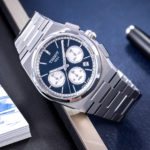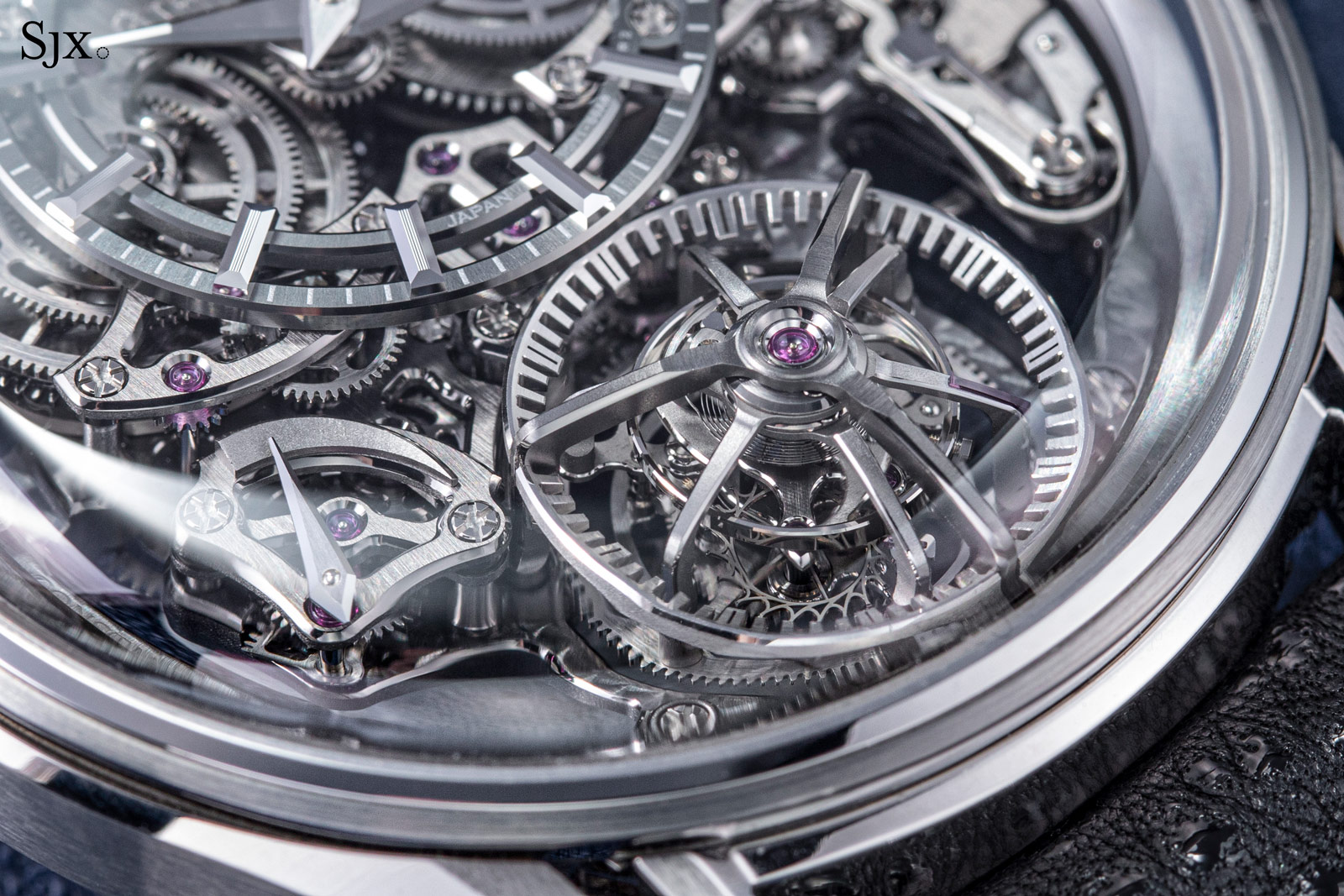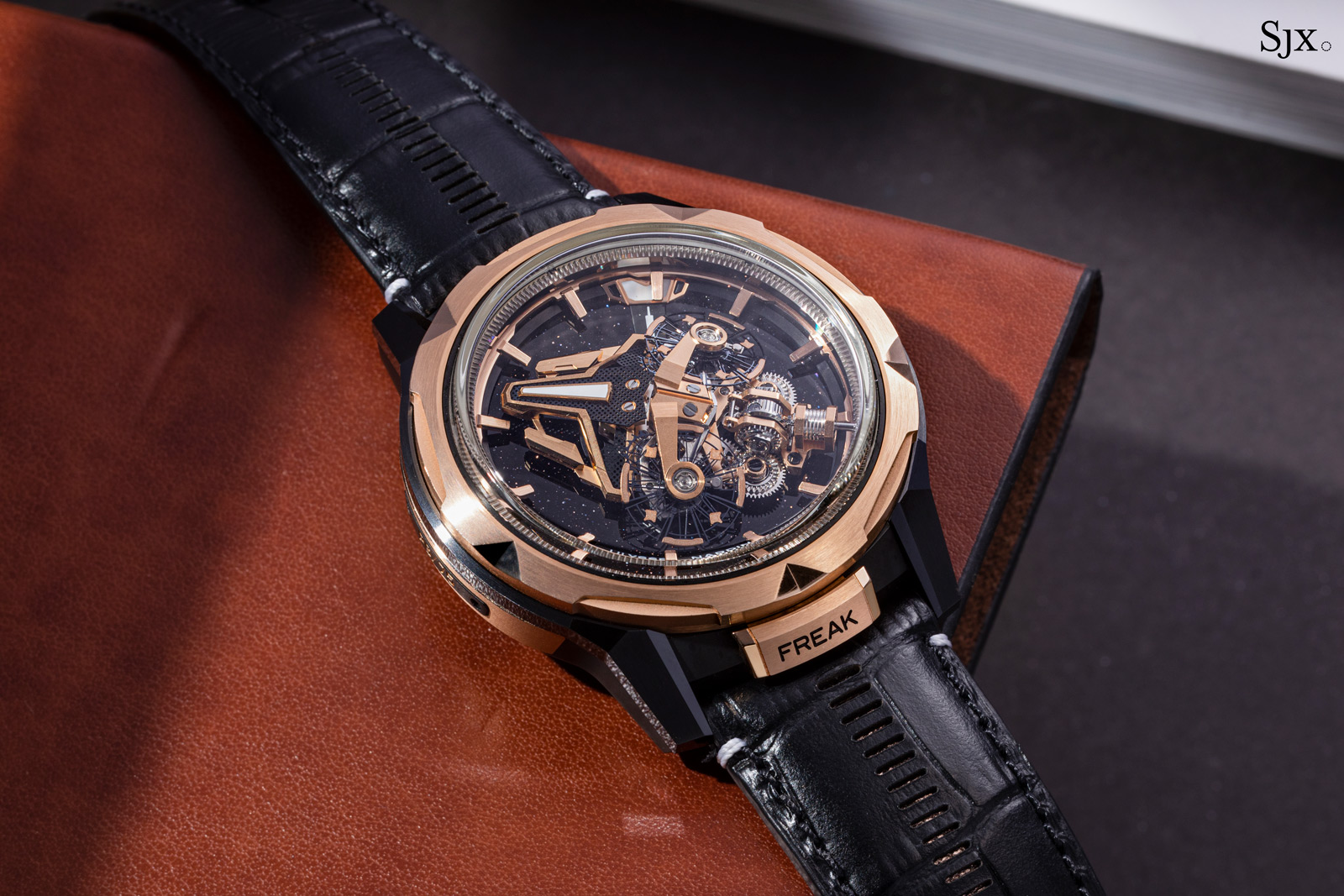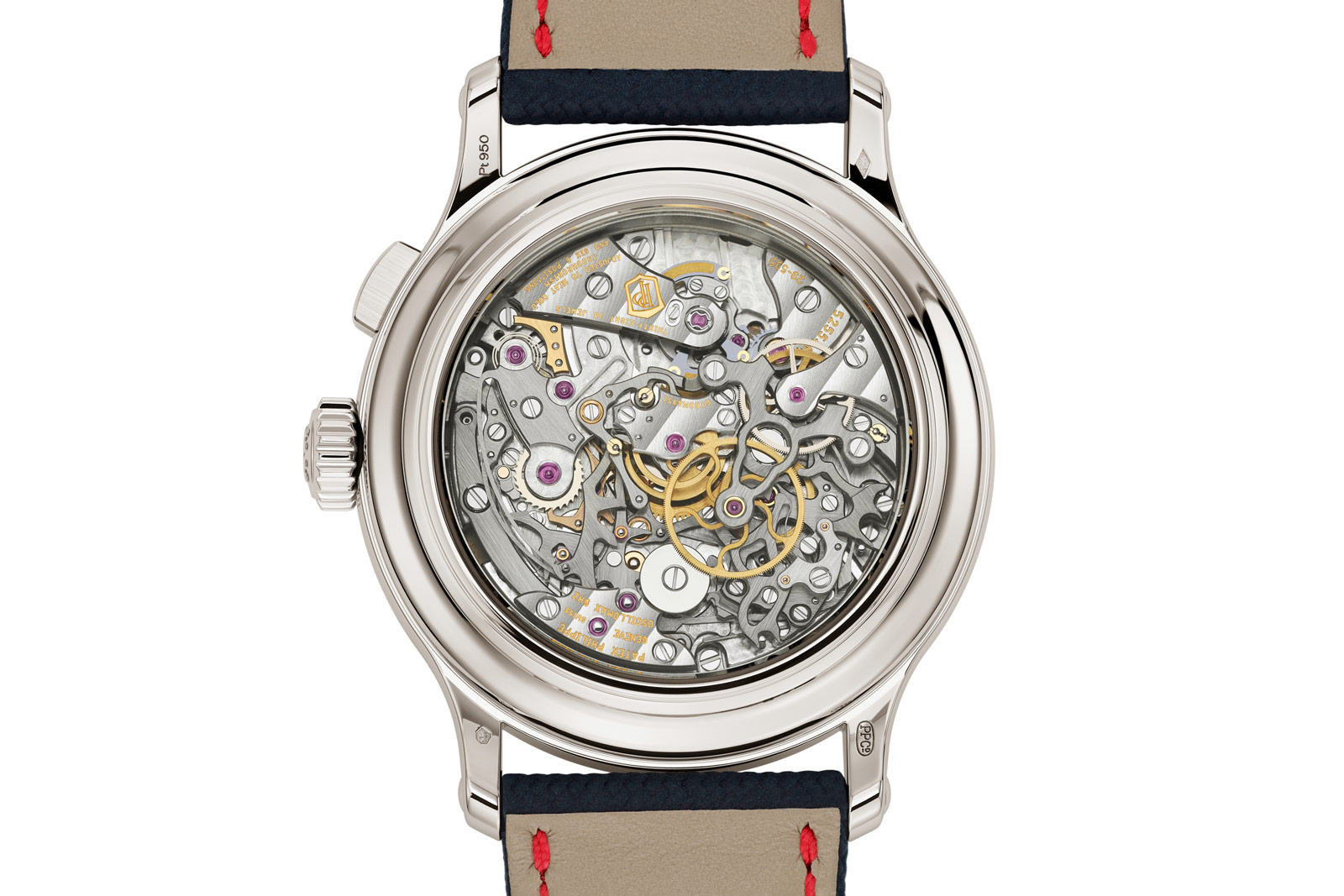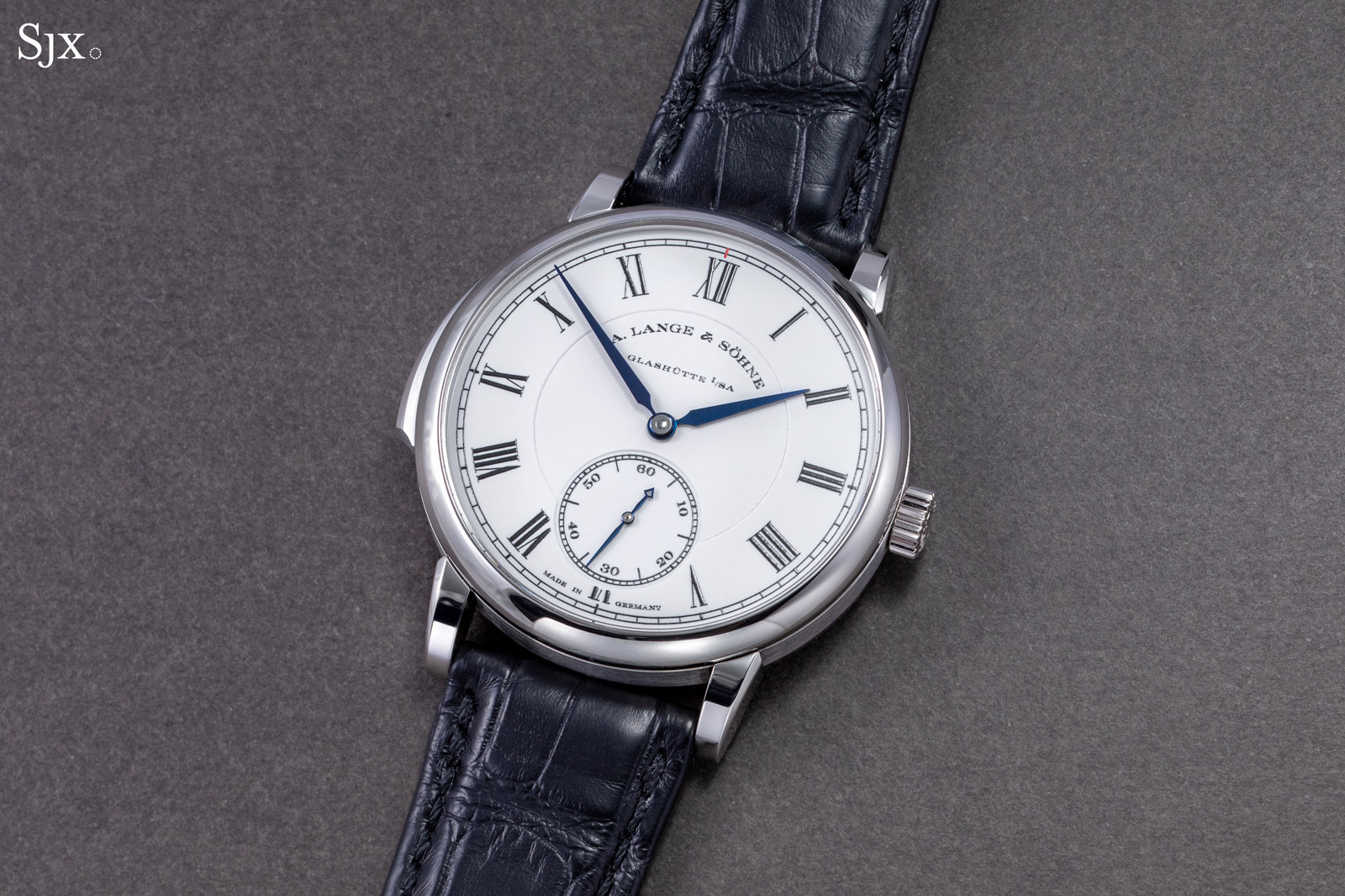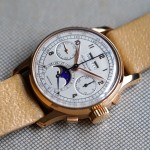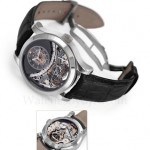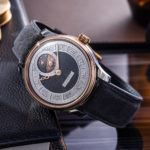Best of 2022: Value Propositions
The best value absolutely and nominally.
We’ve gone through the year’s best watches from independent watchmakers and establishment brands, as well as the most notable complications. Nearly all of the watches on those lists, however, are pricey. So now we round up the best affordable watches of the year, namely those under US$5,000. Put another way, these are the best value proposition of 2022, both in nominal and relative terms.
As has become the norm, Tudor is shoo-in when it comes to value propositions. A streamlined version of its deep-sea dive watch, the Pelagos 39 is compact, lightweight, and minimalist. The case is 39 mm and all titanium, while the dial does away with the date but includes a line of red text in a nod to vintaged dive watches.
While much about the watch has been simplified, the details of the Pelagos 39 are fancier than usual. Both the dial and bezel insert are radially brushed – a matte metallic finish for the dial and brushed ceramic for the bezel – giving the Pelagos 39 a more reflective finish than its peers.
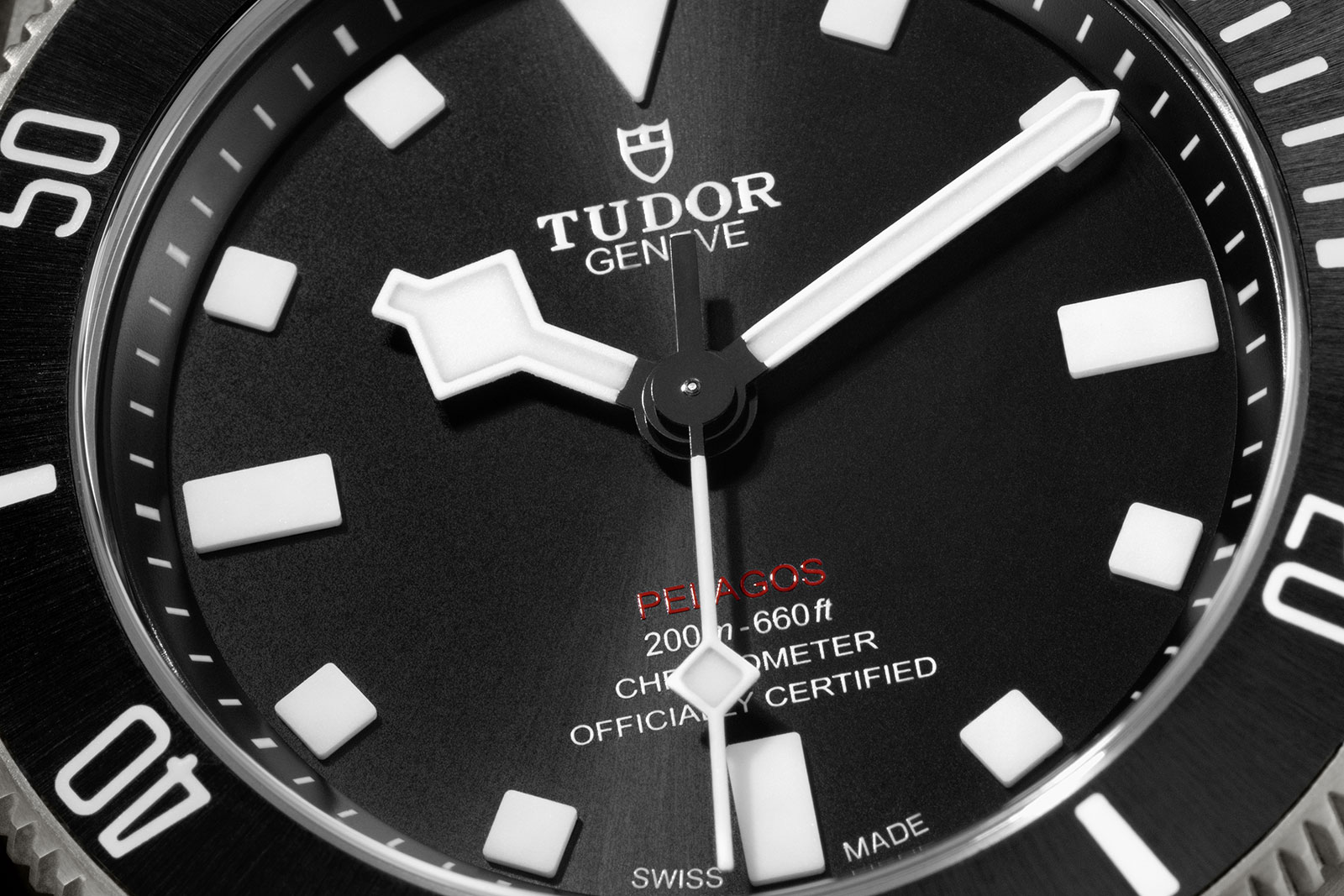
When it comes to dress watches, the Longines Master Collection “190th Anniversary” is amongst the best, particularly at its US$2,000-ish price.
It features a dial that appears to be highly elaborate with Breguet hour numerals that appear to be hand engraved. Naturally the dial is made by machine, but it is done convincingly enough that has a strikingly appealing aesthetic. Thanks to the dial, the watch certainly punches above its price segment.
And like many Longines watches, it is equipped with an upgraded ETA movement, here it’s the cal. L888.5 with a power reserve of 72 hours.
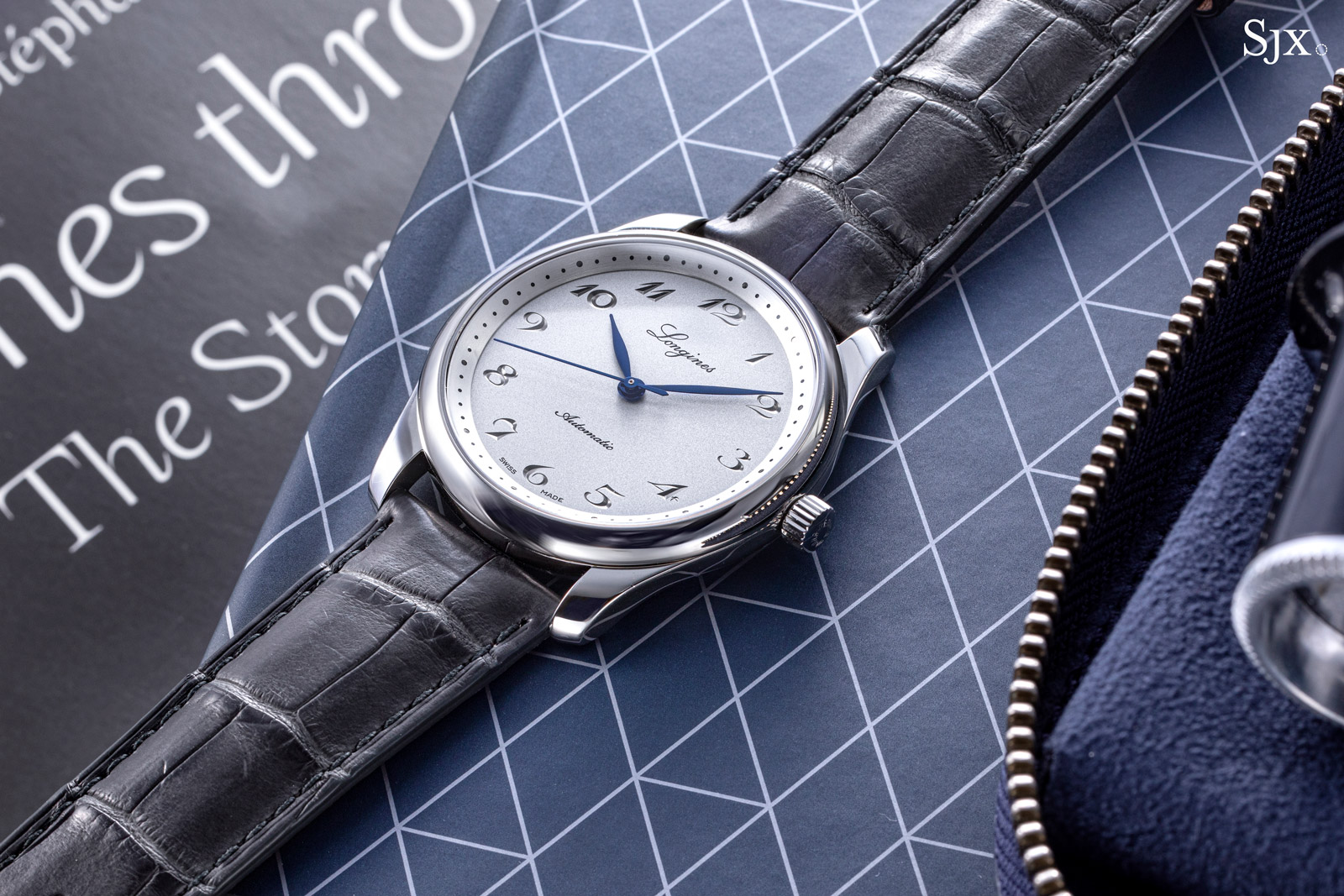
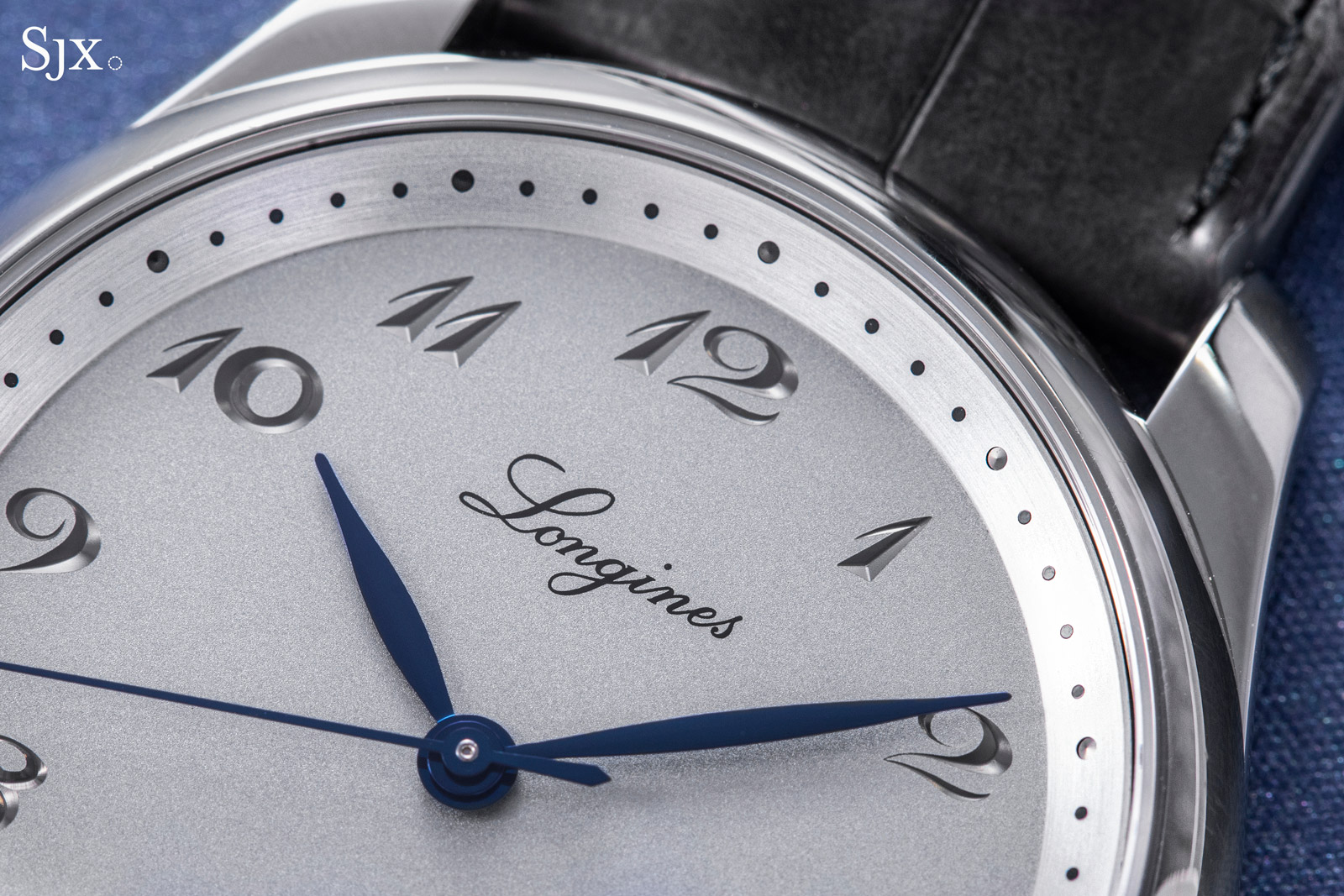
With the time-and-date PRX having been a hit, Tissot unsurprisingly unveiled the PRX Chronograph. Very much catering to the fad for integrated-bracelet sports watches, the PRX Chronograph is stylishly affordable. In absolute terms it remains one of the most accessible automatic chronographs on the market with a price tag of just under US$2,000.
Though substantially pricier than the base-model PRX, the chronograph justifies its price with an upgraded Valjoux cal. A05 H31 movement that has a longer power reserve of 60 hours. And the dial also features details that give it the feel of a more expensive watch, like applied hour markers, recessed sub-dials, and a contrast-finish minute scale on the periphery.

And now for something at the extreme of affordability when it comes to mechanical watches. The Seiko 5 Sport GMT costs under US$500, but it is an automatic watch with a second time zone and date.
But its price inevitability comes with compromises, namely the fact that it is not a true GMT watch. That’s because it has a 24-hour hand that is independently adjustable in one-hour steps, rather than the local-time hour hand that’s independent as is the case in a bona fide GMT watch. The consequence of that is a slightly more tedious process of setting the time when crossing time zones.
But the Seiko 5 GMT is easily one of the compelling dual-time watches below US$500, though admittedly it has little competition in its price category, perhaps reflecting the challenge of putting together a dual-time watch for that little money.

Seiko’s most-affordable GMT. Image – Seiko
And the honourable mention goes to one of the year’s most high-profile watches, the Omega x Swatch Bioceramic MoonSwatch. Essentially a plastic version of the Omega Speedmaster Moonwatch, the MoonSwatch is affordable – it costs just US$260 – but it is not exactly a value proposition because it feels very much like a two-hundred dollar watch.
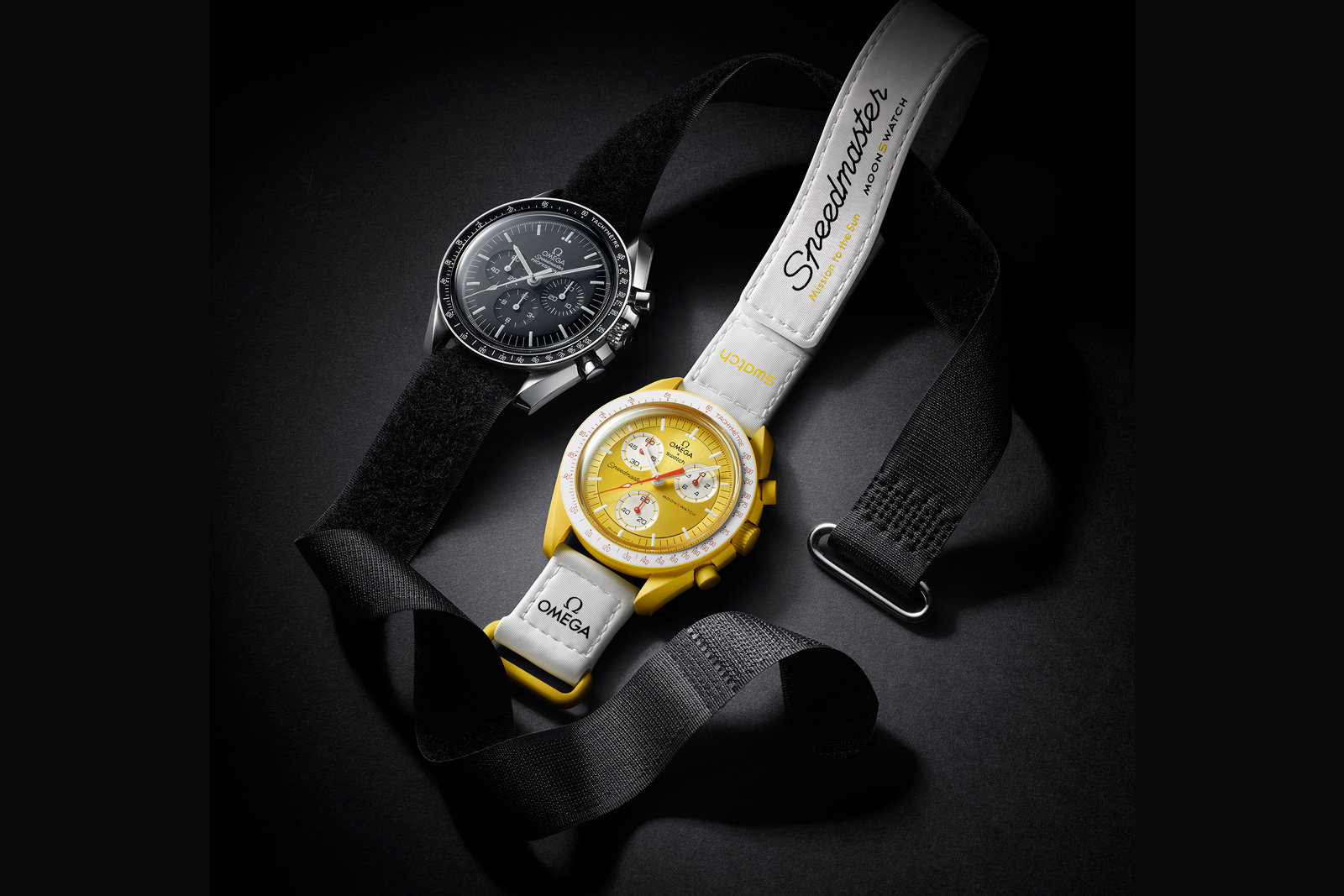
The Moonwatch (left) and MoonSwatch. Image – Swatch
You get what you pay for, and it is very true with the tangible qualities of the MoonSwatch. But it does possess an iconic design borrowed from Omega as well as appealing candy colours, and a price that puts it within easy reach for almost everyone, including young watch enthusiasts. That explains why the MoonSwatch resulted in long queues outside stores, making it a marketing coup that helped revive an ailing Swatch.
The demand for the MoonSwatch so exceeded supply, at least in the initial stages, that Swatch had trouble keeping up, resulting in big premiums to retail on the secondary market. The frenzy has since cooled down, but in some ways the MoonSwatch captures the zeitgeist of 2022 with the hype surrounding it, as well as the rapid rise and fall in its secondary-market value.
Back to top.



